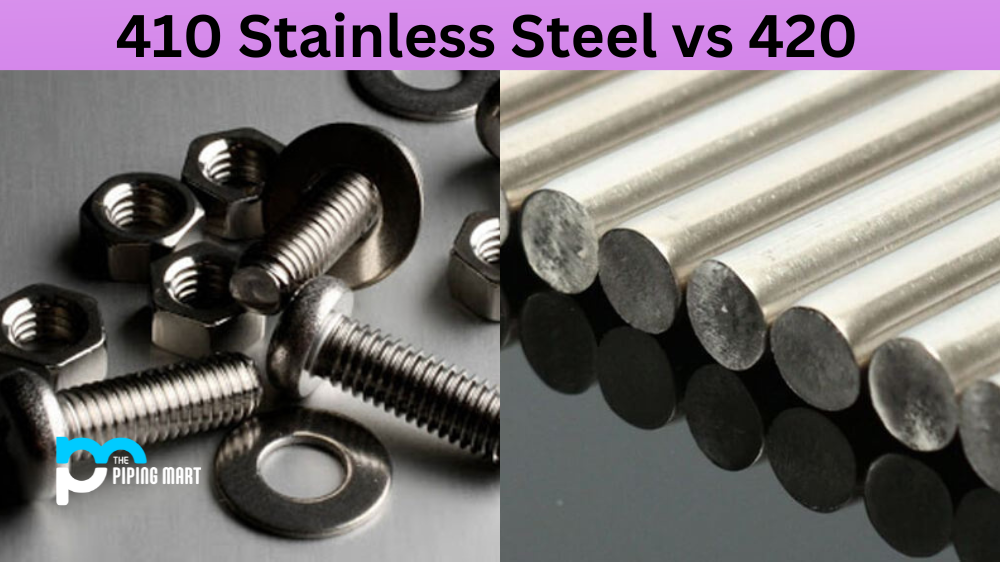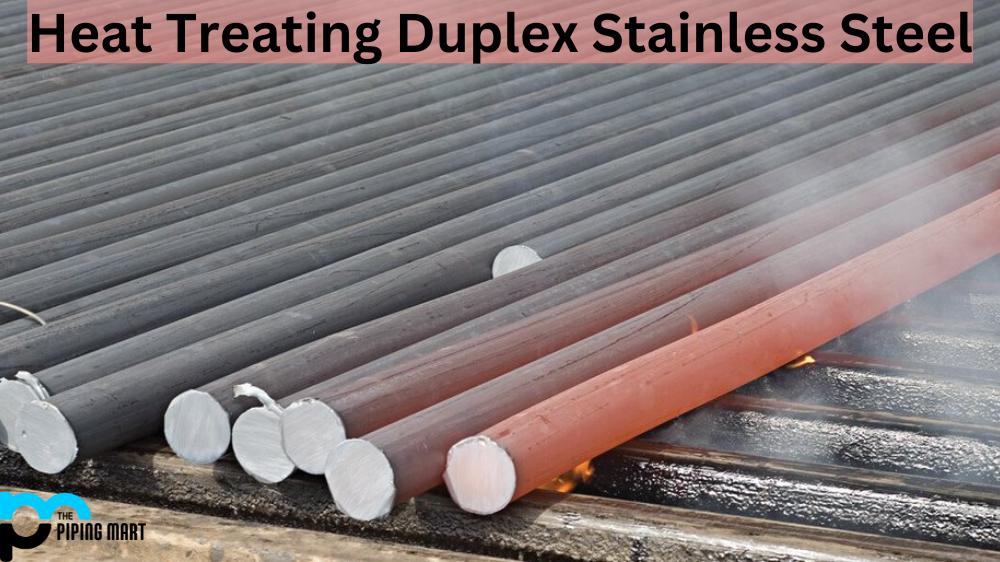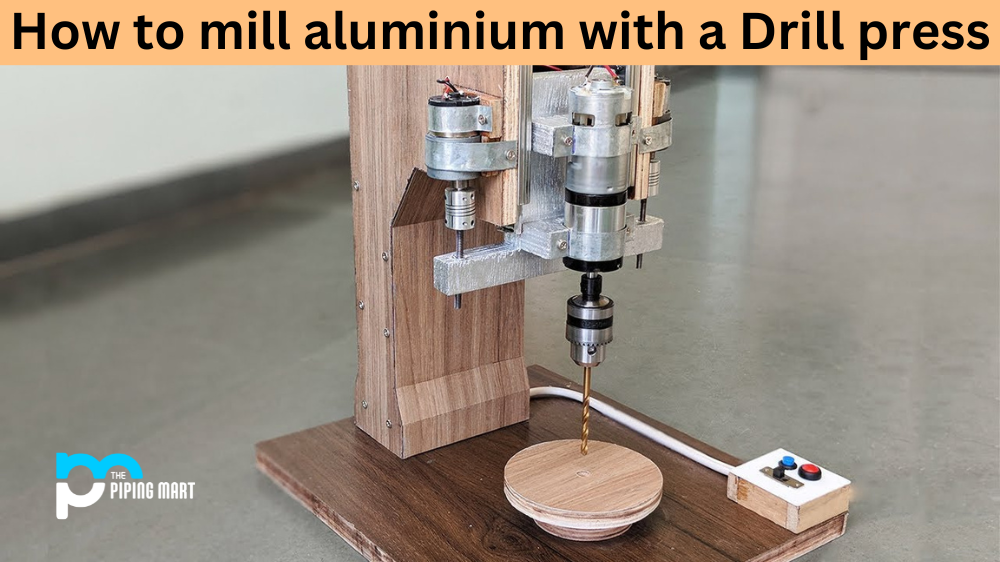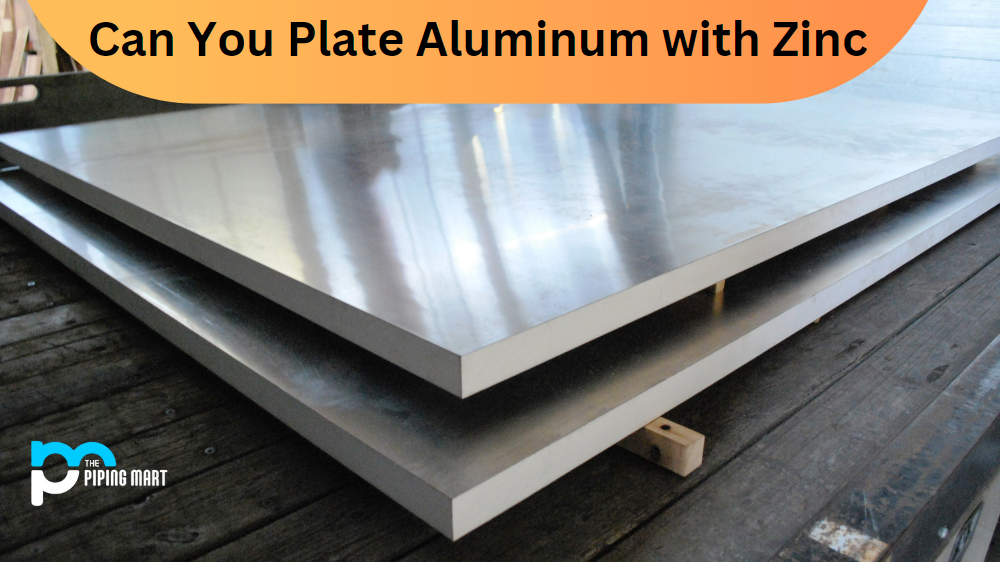Stainless steel is one of the most popular materials in the automotive and aerospace industries. It has superior strength, resistance to corrosion, and a sleek appearance that other materials cannot match. But not all stainless steel is created equal, as there are many different grades and alloys that each offer their distinct advantages. In particular, grades 410 and 420 are often compared to one another due to their similarities in composition and usage. This blog post’ll explore the differences between 410 and 420 stainless steel and which one might better fit your project.
Difference Between 410 Stainless Steel and 420
Composition
The primary difference between 410 and 420 stainless steel is its carbon content. 410 stainless steel has a lower carbon content than 420, resulting in a softer and more ductile material. However, this also means 410 is less resistant to wear and tear than 420. The higher carbon content in 420 stainless steel gives it greater strength and durability, making it a popular choice in knives and other cutting tools.
Corrosion Resistance
The corrosion resistance is another important factor when comparing 410 and 420 stainless steel. Both grades have excellent corrosion resistance properties, making them ideal for harsh environments, but 420 stainless steel is slightly more resistant than 410. If corrosion resistance is a primary concern for your project, consider using 420 stainless steel.
Heat Treatment
Heat treatment is another important consideration when choosing between 410 and 420 stainless steel. 410 stainless steel can be heat treated to achieve greater hardness and strength, making it more brittle. On the other hand, 420 stainless steel is highly responsive to heat treatment, making it ideal for high-stress applications where strength is a primary concern.
Applications
410 and 420 stainless steel are used in various applications, but each has unique advantages. 410 stainless steel is used to manufacture automotive parts, gas turbines, and firearms. It’s also a popular choice for pump shafts and valve stems due to its corrosion-resistant properties. 420 stainless steel, on the other hand, is commonly used to manufacture knives, surgical instruments, and needle valves. Its high strength and durability make it a popular choice for cutting tools that require a sharp edge.
Conclusion
In conclusion, 410 and 420 stainless steel have unique advantages and disadvantages. The primary difference between the two is their carbon content, with 420 having a higher amount than 410. 420 stainless steel is stronger and more durable than 410, making it a popular choice for cutting tools and other high-stress applications. 410 stainless steel, meanwhile, is softer and more ductile, making it a popular choice for automotive parts and pump shafts. Ultimately, the choice between 410 and 420 stainless steel will depend on your specific needs and preferences. If you need help selecting the best stainless steel for your project, don’t hesitate to contact an expert.

A passionate metal industry expert and blogger. With over 5 years of experience in the field, Palak brings a wealth of knowledge and insight to her writing. Whether discussing the latest trends in the metal industry or sharing tips, she is dedicated to helping others succeed in the metal industry.




